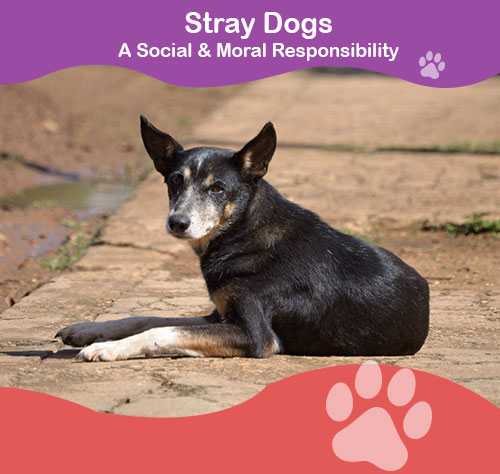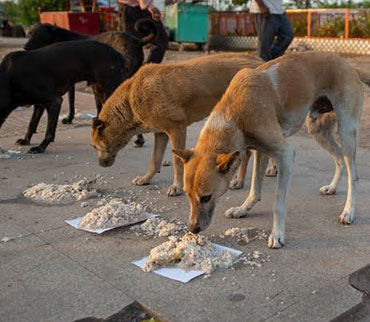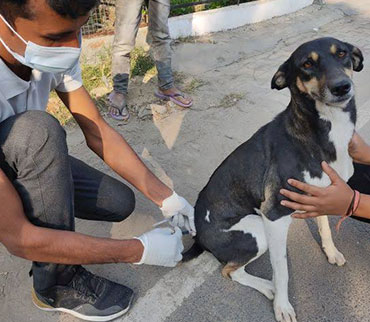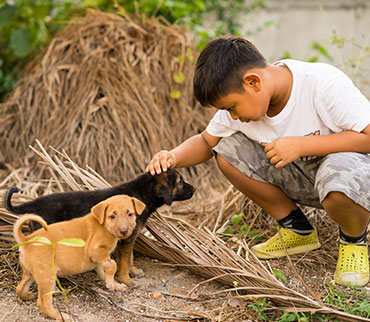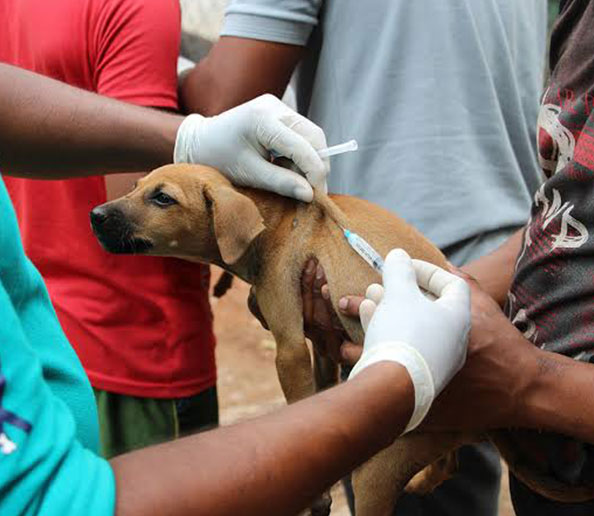
Introduction Stray Dogs Should Be a Social Responsibility
Stray dogs are a visible reflection of how society treats its most vulnerable members. Their growing numbers often result from abandonment, lack of sterilization, and inadequate public infrastructure. Making their welfare a shared social responsibility means involving individuals, communities, and governments in humane solutions—such as adoption, sterilization campaigns, and proper sheltering. Stray dogs, like all animals, deserve compassion and care. By recognizing our role in their well-being, we not only create safer environments for both humans and animals but also cultivate a more empathetic and responsible society.
Stray dogs should be a social responsibility and not just the government's job for several important reasons:
Community Involvement Yields Better Results
Government resources are often limited, and without local support, even well-intentioned programs struggle. When communities actively participate—through feeding, sterilization drives, adoption, or spreading awareness—stray dog welfare becomes more effective and sustainable.
Stray Dogs Are Part of Our Ecosystem
Stray dogs live in human habitats and often form bonds with locals. They help control pests like rats and offer companionship. Their welfare, therefore, directly impacts the health, safety, and harmony of the community.
Reducing Human-Animal Conflict
Neglected stray dogs may become aggressive due to hunger, abuse, or illness. A responsible society that educates its citizens on compassion and takes proactive steps can greatly reduce incidents of dog bites and fear-based conflicts.
Moral and Ethical Responsibility
As humans, we have a duty of care toward other sentient beings. Allowing animals to suffer in our neighborhoods reflects poorly on our values. Civic compassion is a mark of a humane and progressive society.
Support for Government Efforts
When people adopt strays, report cruelty, and volunteer with NGOs or municipal programs, it lightens the government's burden. Social participation enhances the reach and efficiency of government schemes like vaccination and sterilization.
Educating the Next Generation
Community involvement sets an example for children and youth. Teaching them empathy and responsibility towards animals fosters a more caring, respectful society.
In summary, the issue of stray dogs is both a civic challenge and a social opportunity. With collective responsibility, we can create safer, kinder environments for both humans and animals.

